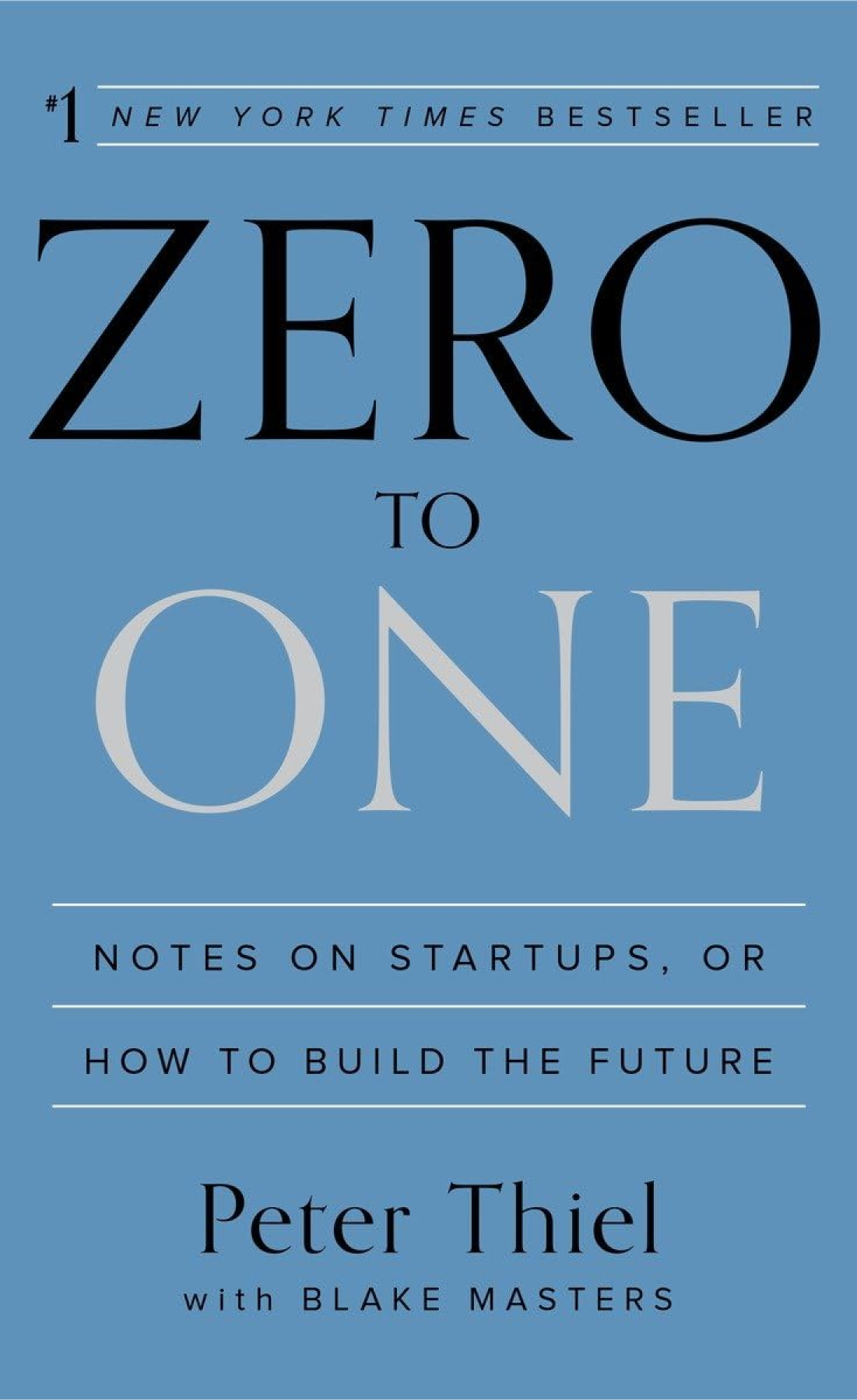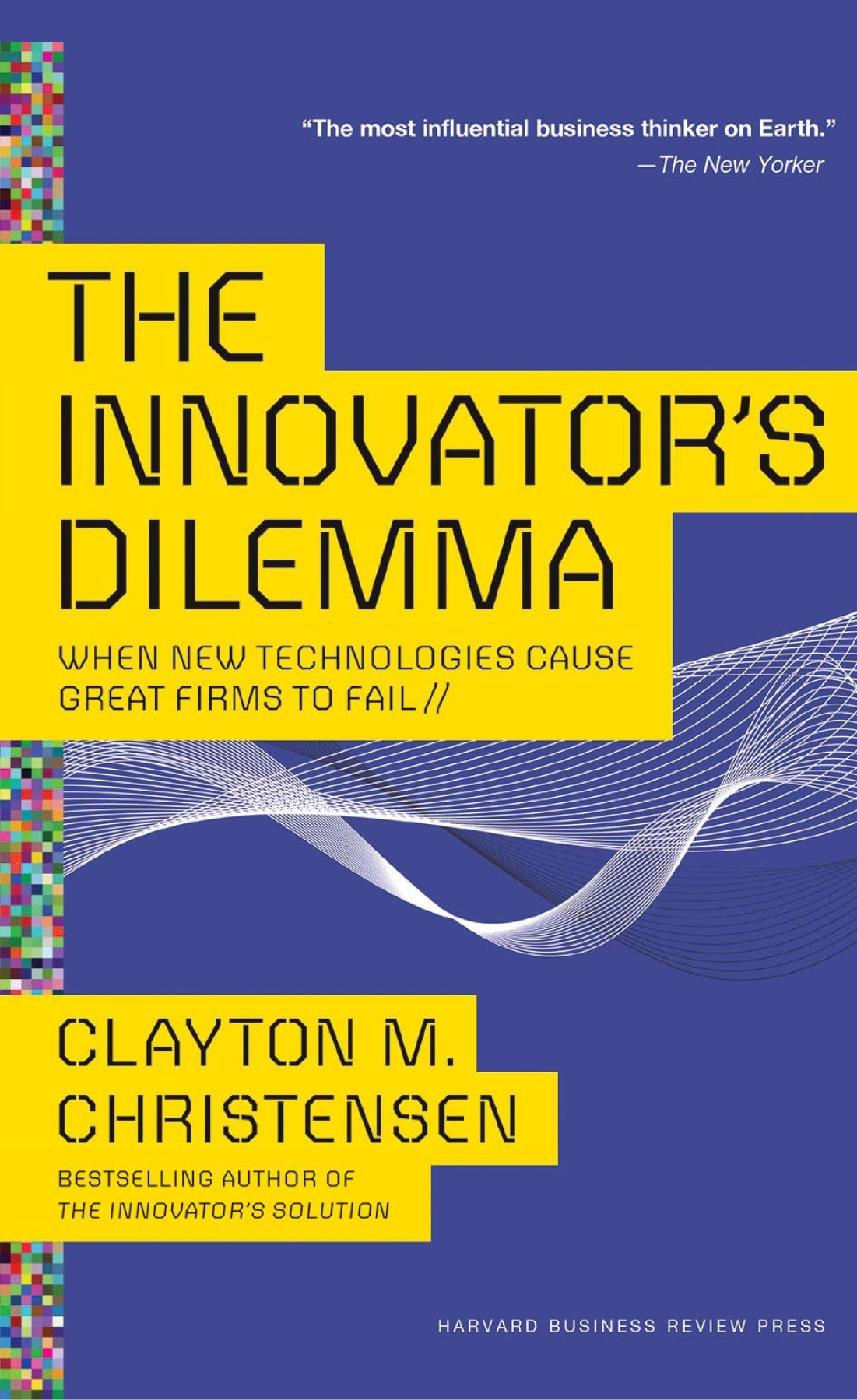Major concepts

Zero to One
Zero to One focuses on creating innovative solutions that bring something entirely new into the world, emphasizing uniqueness over competition.

- Innovate in unexplored areas where competition is minimal or nonexistent.
- Create monopolies through unique offerings that can dominate new markets.
- Take risks to uncover uncharted opportunities.
- Value deep insights and radical thinking over small, incremental improvements.
Zero to One, a concept popularized by Peter Thiel, challenges innovators to create new breakthroughs rather than simply improving existing products.
The idea is to focus on paradigm-shifting innovations that move the world from nothing to something entirely new, rather than scaling what's already there.
What Does Zero to One Mean?
Moving from zero to one is about bringing something novel into existence:
- It signifies true innovation, breaking new ground.
- It aims for monopoly control by being the first to bring a unique product or solution to market.
- It requires deep understanding and insight into unexplored opportunities.
Going from zero to one is difficult, but it opens up new markets and offers monopolistic advantages.
Examples include revolutionary tech products or pioneering discoveries that redefine entire industries.
Why is It Important?
A zero to one mindset enables the creation of transformational solutions:
- It pushes beyond marginal improvements, focusing on game-changing ideas.
- This mindset encourages visionary entrepreneurship, turning new concepts into reality.
- It involves rejecting conventional paths in favor of bold, new directions.
Adopting this approach helps build groundbreaking products that define new categories, setting the stage for long-term success.
How to Achieve Zero to One
To achieve zero to one, focus on innovative thinking and new business models:
Here are practical steps:
- Explore new markets with untapped growth potential.
- Develop a monopoly by offering a product or service that is truly unique.
- Invest in deep research to identify hidden opportunities.
- Foster a culture of radical thinking within your organization.
The key is to create, not just to compete—the biggest rewards often come from original ideas that shift industries.




